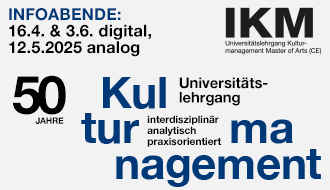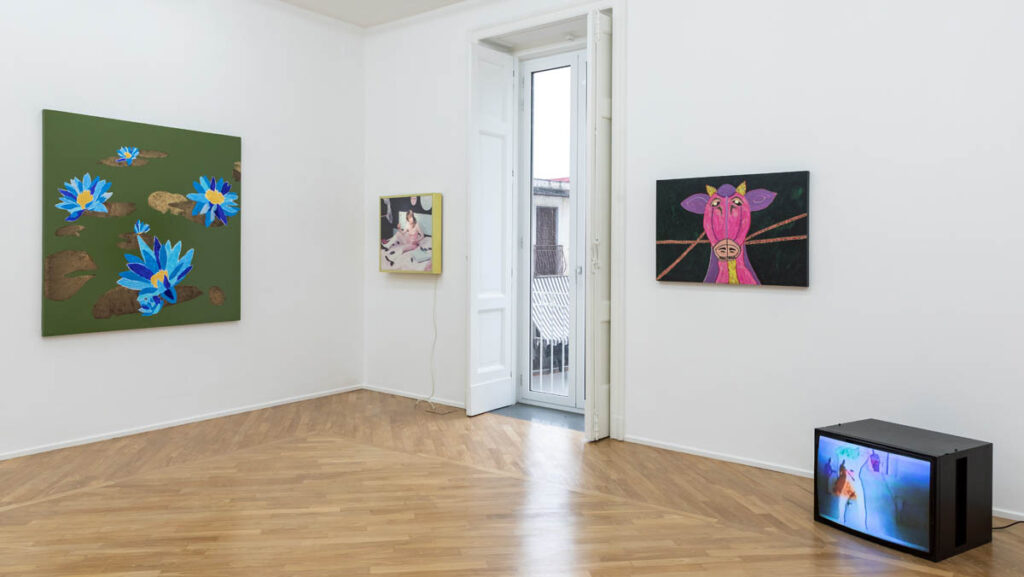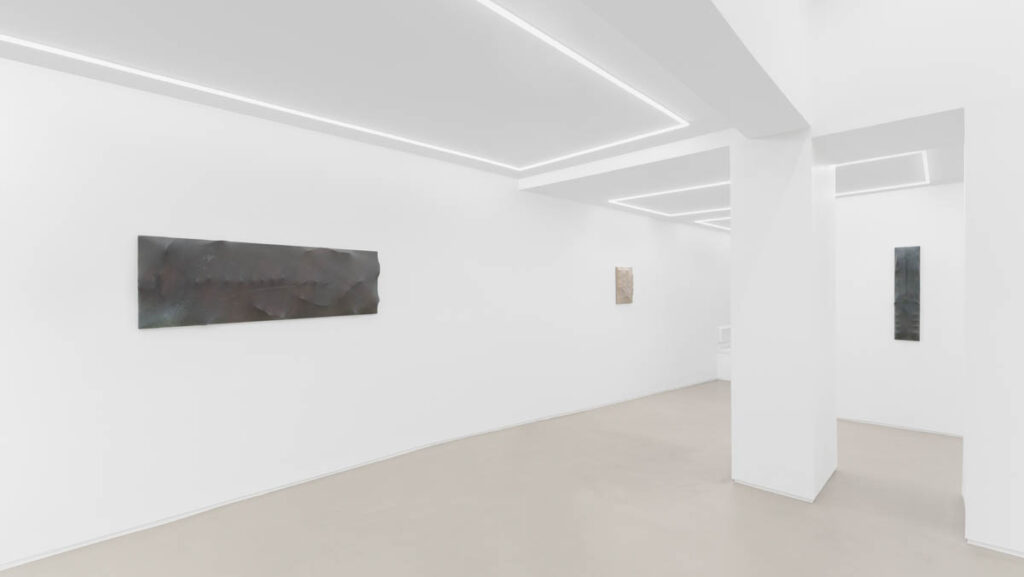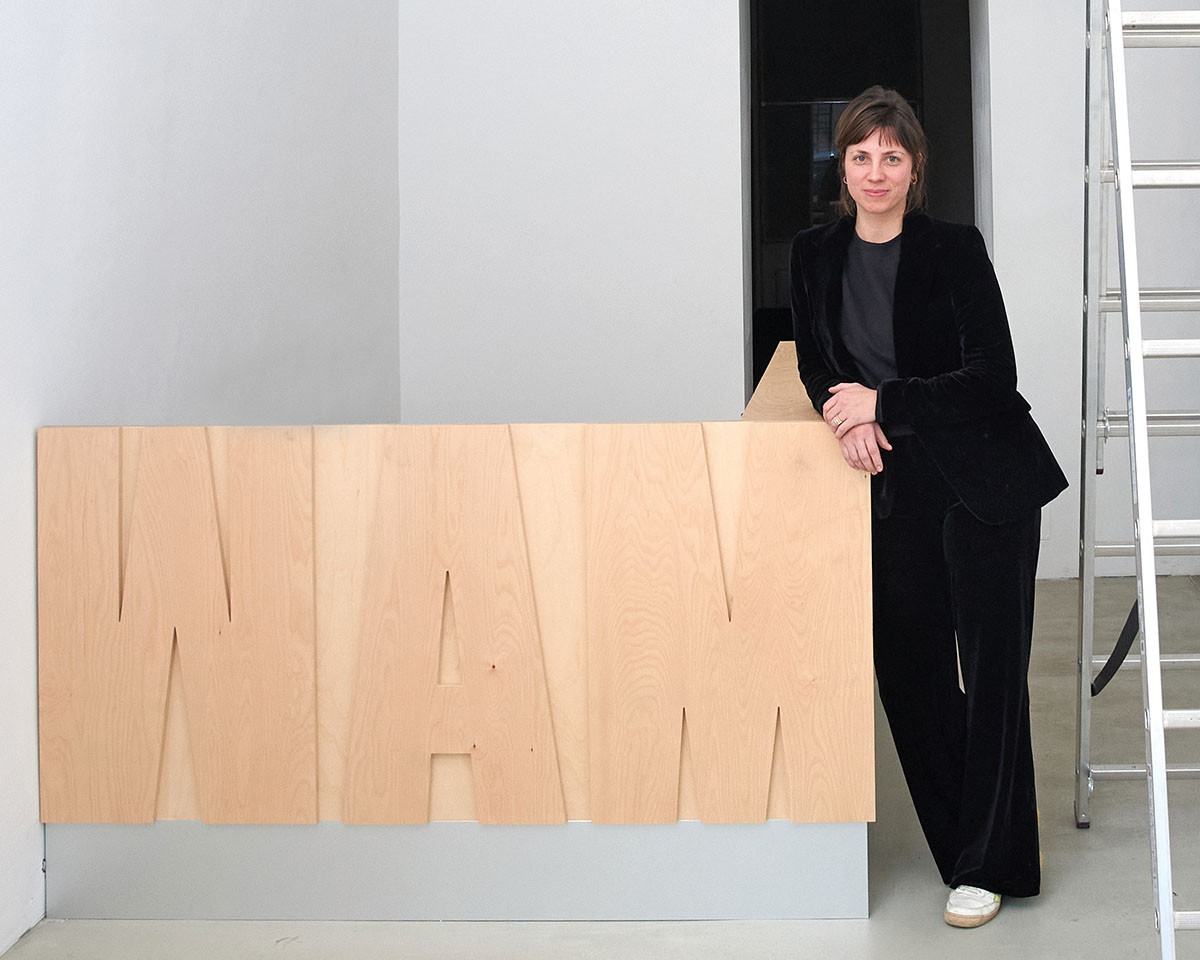
WAM is the world’s first and only museum of the Actionism movement. How does the general structure of WAM contribute to visitors’ better understanding of the radical nature of Actionist art?
Since it’s such an important art movement for art historical development in Austria and abroad. It was absolutely necessary that Vienna get its own Vienna Actionism Museum.
Vienna Actionism is a small art movement; it was a very short period in a small country if we look at it from an international perspective, but it had an important impact on the development of performance art, which came later, in the 70s. For example, in works by Gina Pane and Marina Abramović, the artists worked so radically with their bodies and used human or natural substances as artificial material. Vienna Actionist main representatives didn’t find the group together as, for example, „Der Blaue Reiter“ did. While they worked, they didn’t have a name. Peter Weibel came in 1972, when the movement was already over, and gave them this definition.
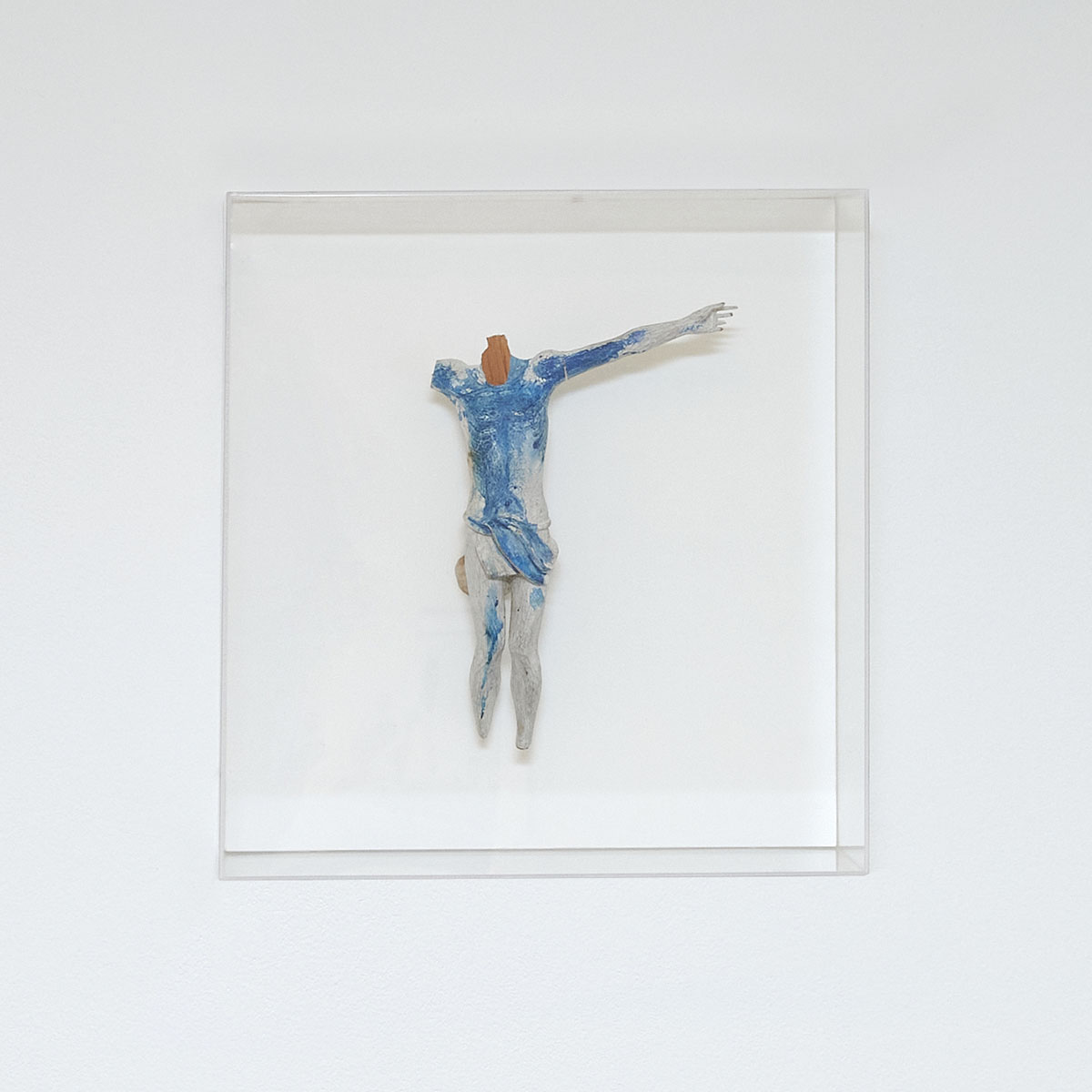
I think that even most of the people in Austria who know about Vienna Actionism recognize Vienna Actionism with its scandals, like Hermann Nitsch working with blood and Otto Muehl with the commune. But the art historical aspect stayed unknown for a long time, so this is the reason why our first exhibition had the provocative title: What is Vienna Actionism? We separated the whole exhibition into seven different chapters to underline the most important elements of Vienna Actionism. Our first publication, What is Vienna Actionism?, is soon available, with texts by different specialists and works from the WAM collection. Our collection is big; it counts around ten thousand works, and in the publication, only the base works of the collection will be discussed and looked at in detail. The publication will serve as an educational platform, not only for people working in art but also for wider audiences.




Before WAM opened, how was the collection assembled? Additionally, how does the Friedrichshof Collection fit into this context?
Our collection includes the works of the main representatives, Günter Brus, Otto Muehl, Hermann Nitsch, and Rudolf Schwarzkogler, as well as early works by Alfons Schilling and Adolf Frohner.
Friedrichshof is where Otto Muehl raised the commune. The key figures there were Theo Altenberg and Josephine Rupp, who collected and took care of the collection for decades. Part of this collection was sold to Edelbert Köb, former director of MUMOK; leading to the museum’s inclusion of the Vienna Actionism collection. The remaining part was sold to us two years ago because there was a lot of debate and discussion in the commune. Six collectors from Austria bought this collection, saw its importance to Vienna and Austria, and assembled it in the museum we are in today, WAM.

FOUR ACTIONS (VIER AKTIONEN) is opening on the 13th of February 2025. Four actions from the main representatives from the first half of the 1960s will be shown. Tell us about the selection of the works and the curators behind the exhibition.
The essential element of this exhibition is that all the curators are showing every photo, every film, and every documentary material that exists of these actions. Visitors will have the chance to understand every part of one action, every act, and how society reacted to it.
FOUR ACTIONS goes deeper into the fields of Vienna Actionism, so as a plus for our team in the house, we invited international curators who selected each action. Pascal Zoss, a free curator from Switzerland, presents Otto Muehl’s action “Mama and Papa” from the year 1964. Roman Grabner, director of the collection BRUSEUM, is presenting the action from Günter Brus “Silver” from the year 1964. Curator Marcello Farabegoli will be presenting the fourth action of Rudolf Schwarzkogler from 1965, and. I will be presenting Hermann Nitsch’s 3rd action (Celebration of Psychophysical Naturalism), from 1963; the curator joining us will be Eva Badura-Triska, chief curator of WAM.
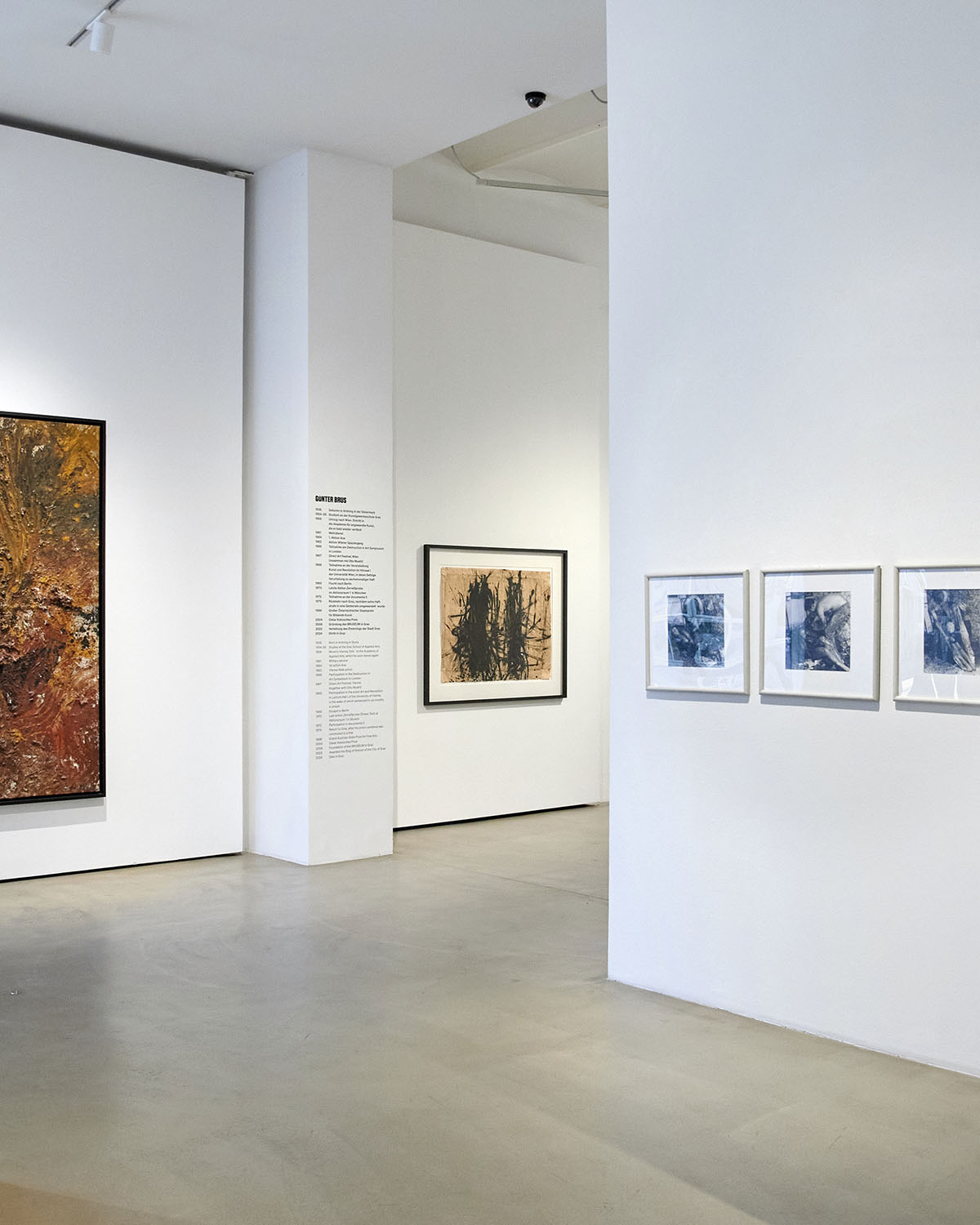
Dadaists formed their group after the First World War and had their manifesto. The impulse to create art in the manner of the Vienna Actionists emerged from the same post-war trauma that followed the Second World War. Questioning: What is art? What is the human body? What is material? What are the general values? Also, do you think Vienna Actionism happening in the city that is known for its Freudian psychoanalysis has an impact on the movement?
Artists wanting to destroy conventional thinking of art and artworks began after the First World War with Dadaism; they thought that destroying something was a new form of creation. When everything is done, you can set up new standards and a new way of thinking. And this is something that Vienna Actionists did in a very radical way after the Second World War, so it’s understandable.
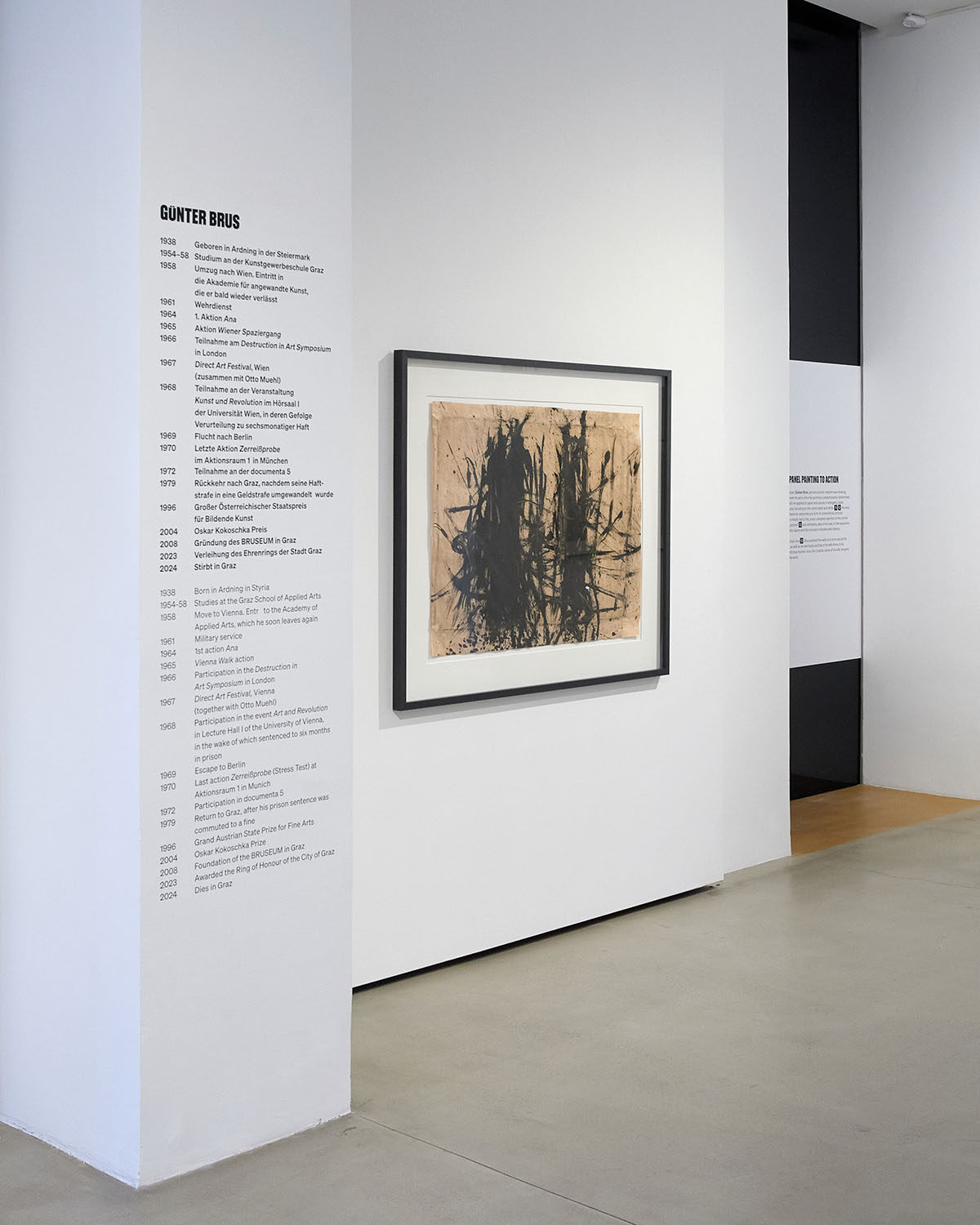
I read books by Curzio Malaparte, titled „Kaputt“ and „Die Haut“, both based on autobiographical experiences; „Die Haut“—it’s about the author’s experience of the Second World War. On a literary level, Malaparte shows us the physicality associated with violence, blood, death, and power. Home is the skin is a quote from the book. And it sums up what the actionists are also able to express: when everything is lost, what remains is the body, the skin. When it comes to the existential, the body is what remains.
These artists in Vienna experienced it as well; they were very young, at the beginning of their 20s, and they had to fight against this very conventional and strict society after the Second World War, especially here in Vienna, and they responded to it through art. They wanted to confront the people with these taboos, really directly, in the form of the so-called catharsis as part of the psychoanalysis of Sigmund Freud. This is also part of what comes from their idols from postmodernism, like Oskar Kokoschka, Egon Schiele, and Gustav Klimt—they did it with the forms on paper, and Vienna Actionists made a step forward; they moved from canvas to space and time and body in relation.
I recognize that the people I meet in the museum here are still shocked. And I am often asking myself, do we still have taboos in today’s society?
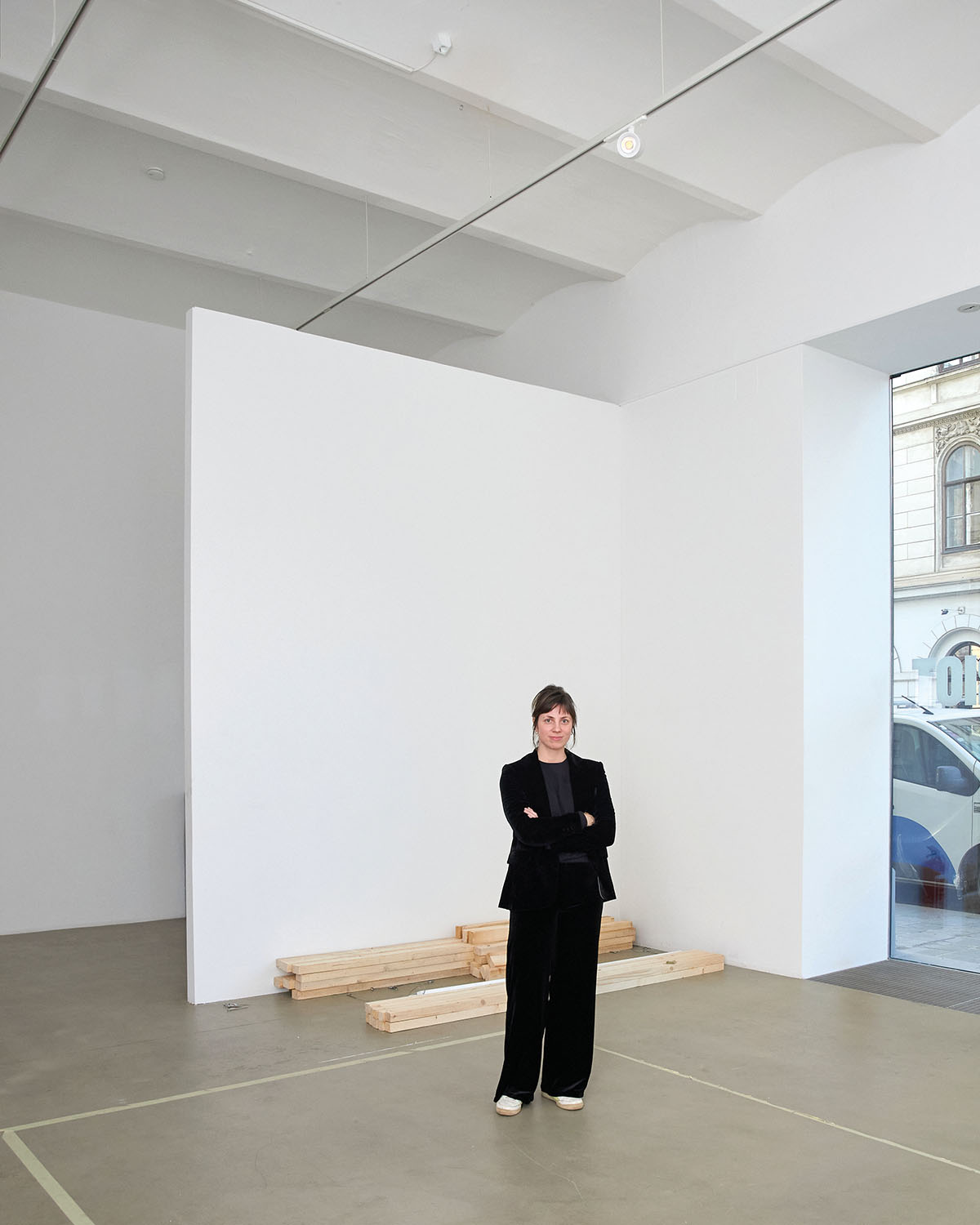
Is there, from your side, an initiative for an open discussion or a seminar on these topics of censorship and taboo in art?
It’s planned to have talks and discussions throughout the whole year, and I plan to have a panel with other experts in the field of psychoanalysis, for example.
I think the problem today is that we are so far away from real experiences, and I think it’s not just about institutional context; it’s in general. People are afraid of emotions.
I said to Diana Burkot from Pussy Riot when we had the discussion that, for me, the thing is, even in a political situation or in a private situation, we have a lot of problems because people are afraid of emotions. So I want people to come into WAM and have a lot of emotions. I also want to ask questions. I found that to be the key to the museum’s role in society.
The four main representatives are all men, but some of them include female bodies in their radical performances. What are your thoughts on that?
The question about the female body, it’s a huge discussion here in this museum. The important thing is that we have different perspectives than they did back in the 60s. If we look at the female body, we shouldn’t forget the point of view from the 60s; it was a different handling of the female body act. It was a feministic act to show the naked female body. From my point of view, important questions that these artists could show us. Or see their work as an invitation to think about it.
It is also important to highlight the broad understanding of the Vienna Actionism movement. The museum is not only focused on this picturesque part of it but also on conceptual sides. Tell us more about the program planned for this year.
The contemporary base is important to me. We want to show young artists who are dealing with the body as an artificial material on many different levels. Next to the main building, we have the so-called project room. It’s a single room, a place for projects, talks, and contemporary artists to act and exhibit. This year, for example, we present Marko Markovic, a young Croatian artist and radical body artist, dealing with post-war trauma in the same way the Vienna Actionist did.
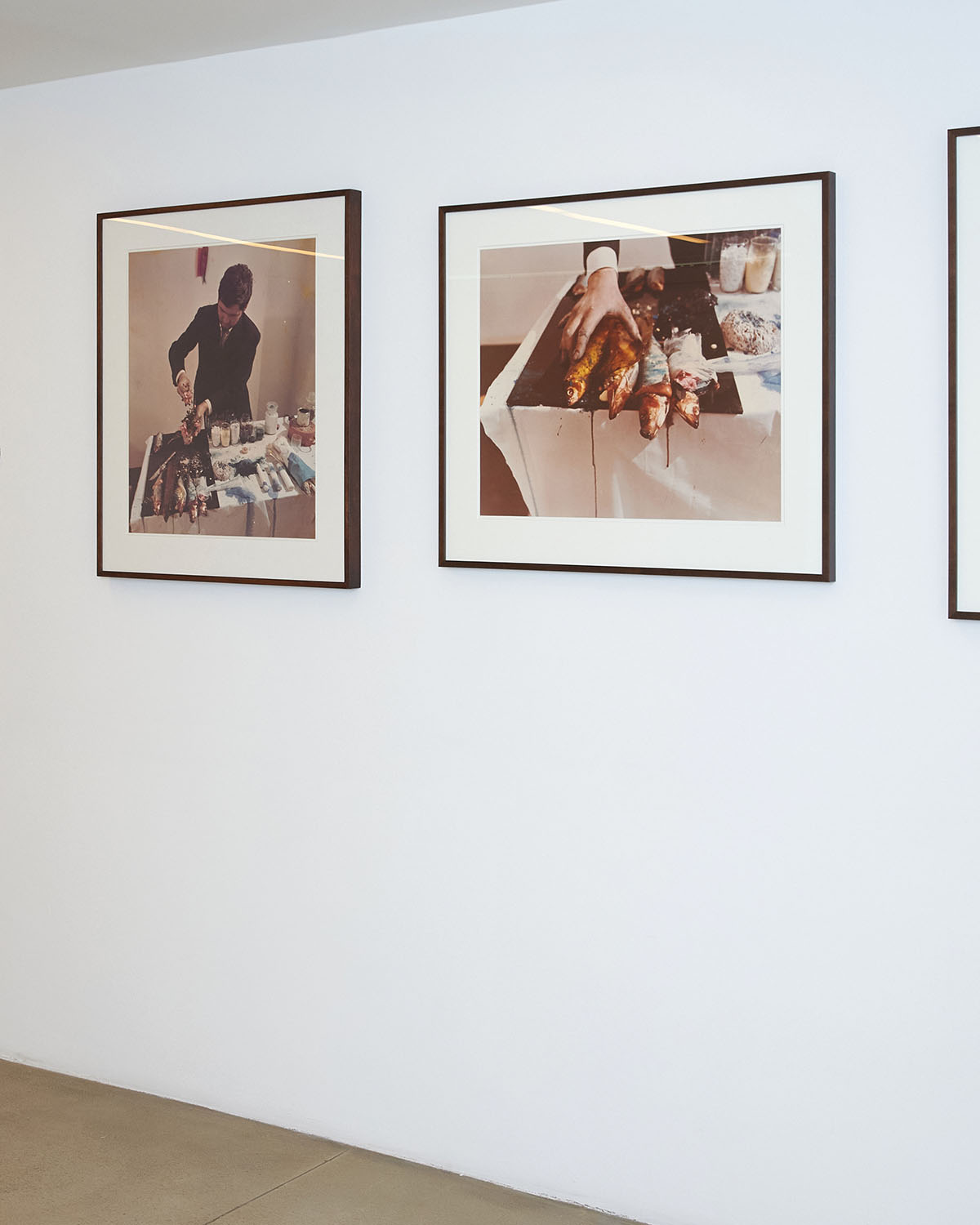
Before that, I will also mention the Young Boy Dancing Group that will be performing on the 20th of May. The week after that, on the 27th of May, 2025, we are showing Thomas Feuerstein. He works with biochemical processes and machines. But his work is also influenced by Vienna Actionism, especially the work of Rudolf Schwarzkogler.
Not everything performed is in the tradition of Vienna Actionism; there is something more behind the idea of it, and this is what we want to show with these contemporary positions through conceptual and scientific perspectives of the works we present.
Upcoming exhibition: FOUR ACTIONS curated by: Eva Badura-Triska, Marcello Farabegoli, Roman Grabner, Julia Moebus-Puck, and Pascal Zoss.
Opening: 13th February from 6:30 pm
More details: www.wieneraktionismus.at/vier-aktionen
Opening hours: Wednesday – Friday: 1:00 – 6:00 pm | Saturday-Sunday and Public Holidays: 11:00 am–6:00 pm
Address and contact:
Wiener Aktionismus Museum WAM
Weihburggasse 26, 1010 Vienna
www.wieneraktionismus.at
www.instagram.com/wam_museum
The Vienna Actionism Museum (WAM) is the result of a private initiative by several collectors with the aim of giving Viennese Actionism the necessary and deserved attention at the place where it was active. As one of the most important art movements of the 20th century, the WAM is intended to give Viennese Actionism a representative platform that will anchor it both nationally and internationally. The museum is home to the world’s largest collection of the main exponents Günter Brus (1938-2024), Hermann Nitsch (1938-2022), Otto Muehl (1925-2013), and Rudolf Schwarzkogler (1940-1969) from the early 1960s and 1970s. This makes the WAM the only international center that permanently presents Viennese Actionism and its development.
The collection: The world’s largest collection of Vienna Actionism Museum comprises the diverse oeuvre of the four main protagonists: Günter Brus (1938-2024), Otto Muehl (1925-2013), Hermann Nitsch (1938-2022) and Rudolf Schwarzkogler (1940-1969) from 1957-1973. The collection is supplemented by early works by Adolf Frohner and Alfons Schilling, who had a significant influence on the emergence of Vienna Actionism. The collection, which also contains extensive archive material, is to be made accessible and utilized for research purposes. It consists of collages, screen prints, posters, photographs, and film works. The museum will present the collection to an interested public in both permanent and temporary exhibitions, supplemented by international loans and contemporary contributions.



